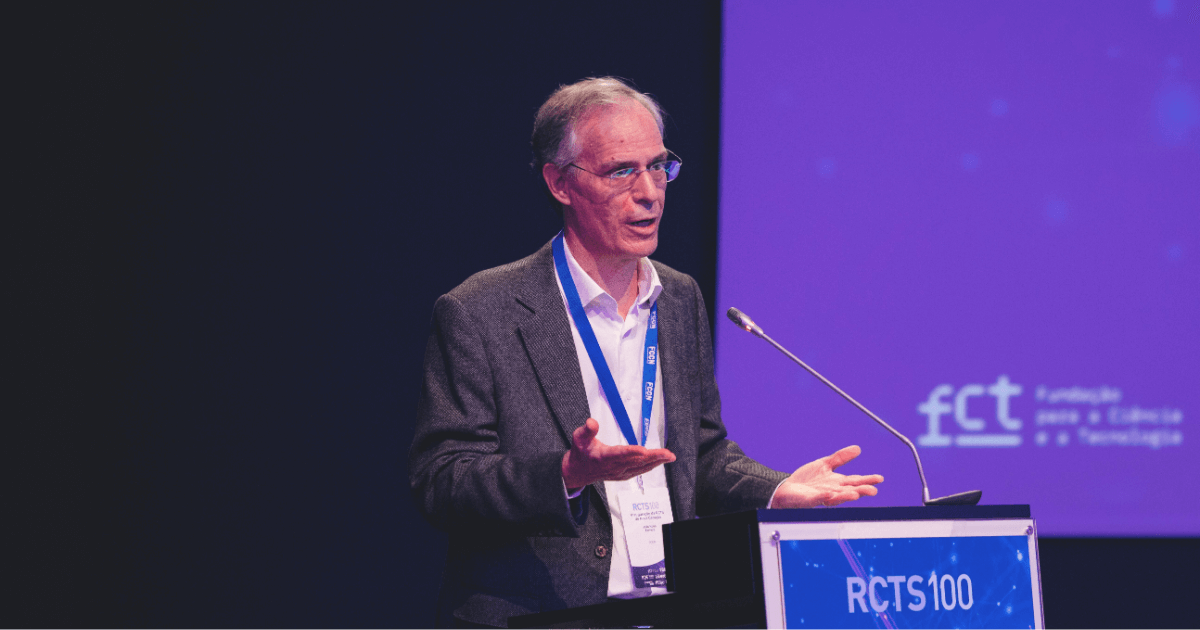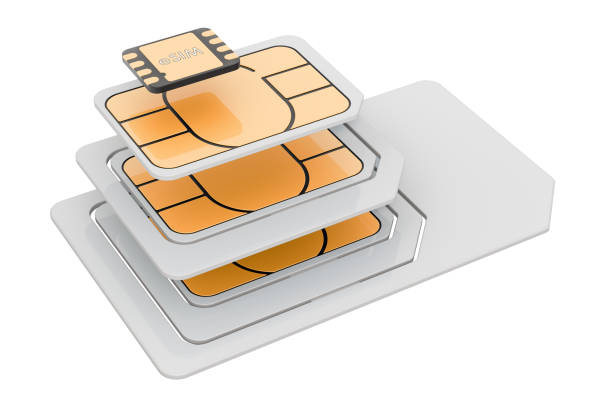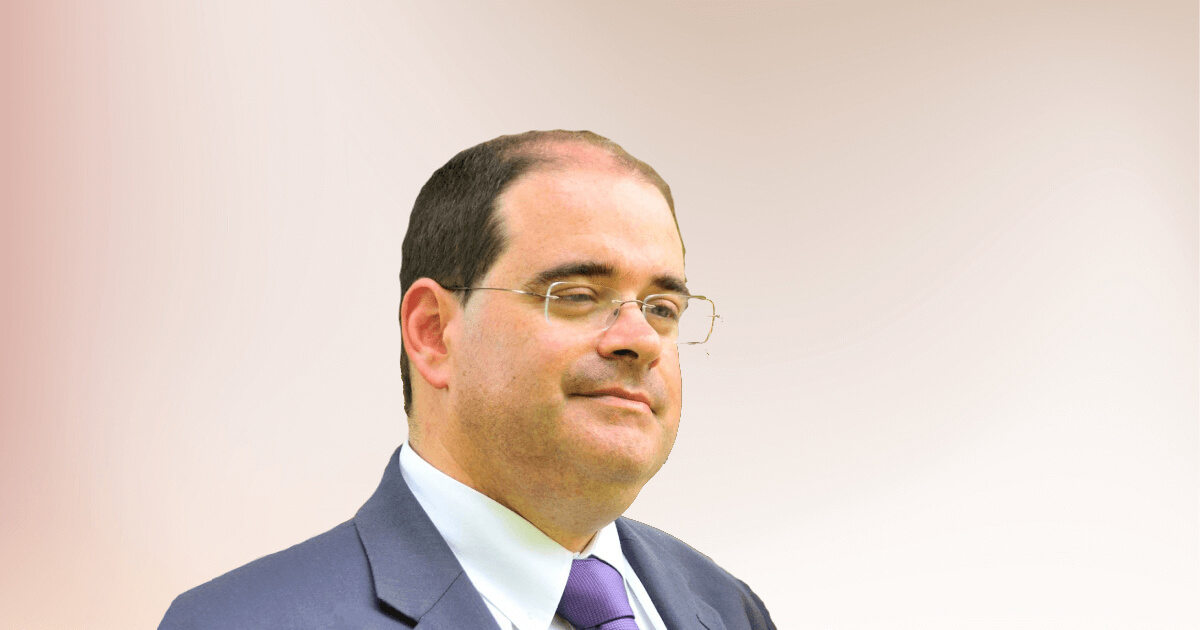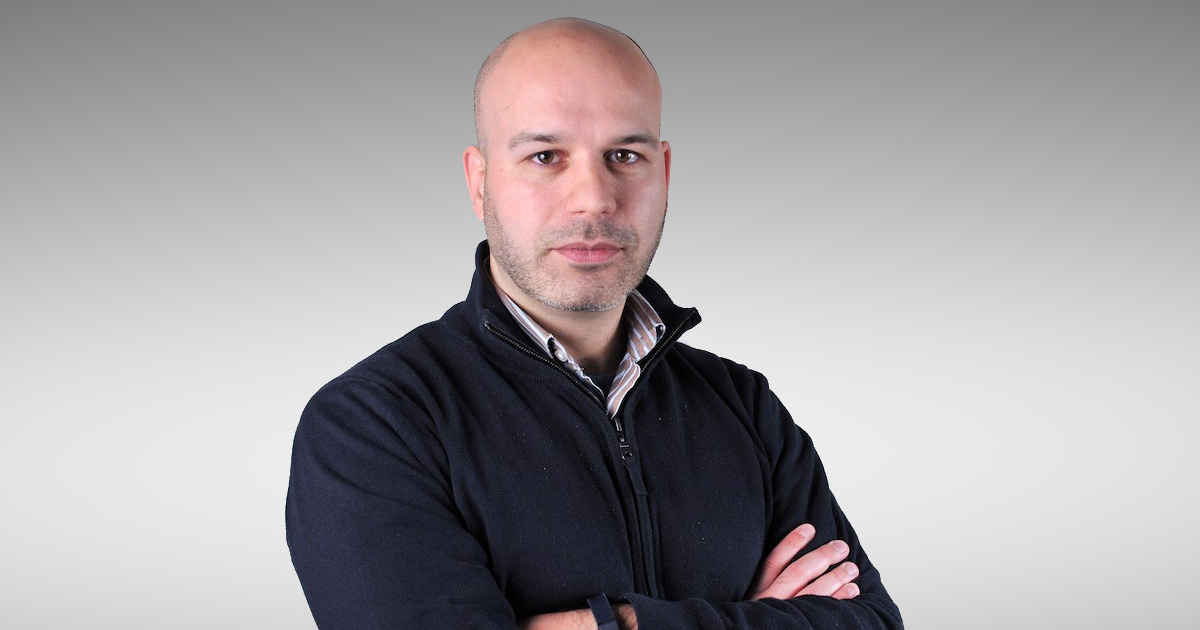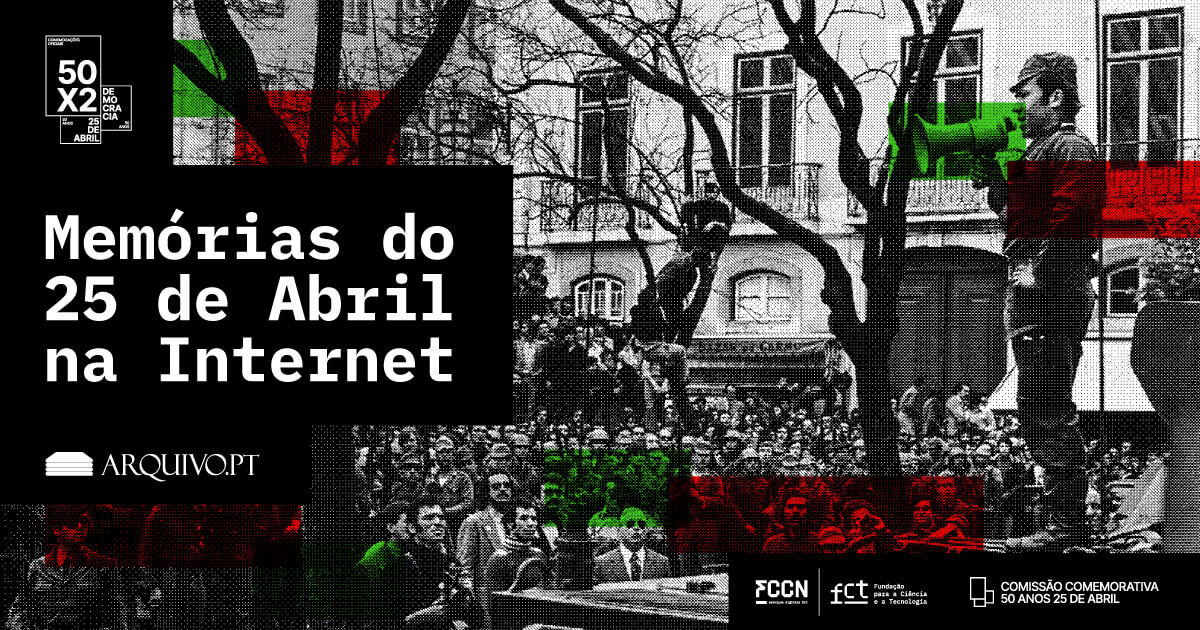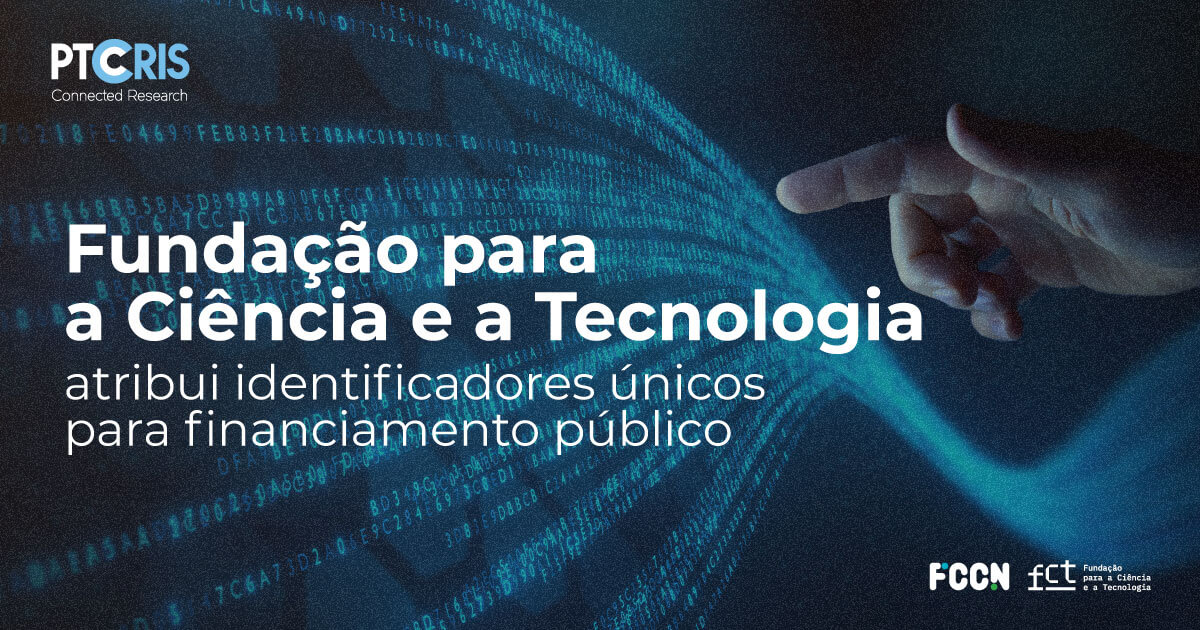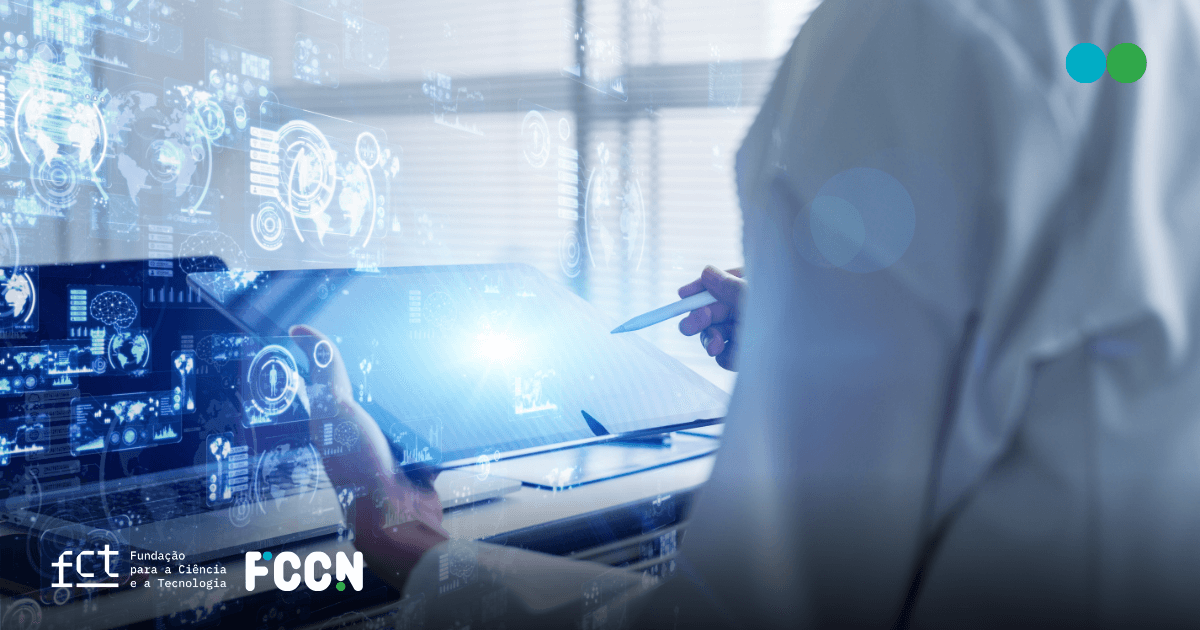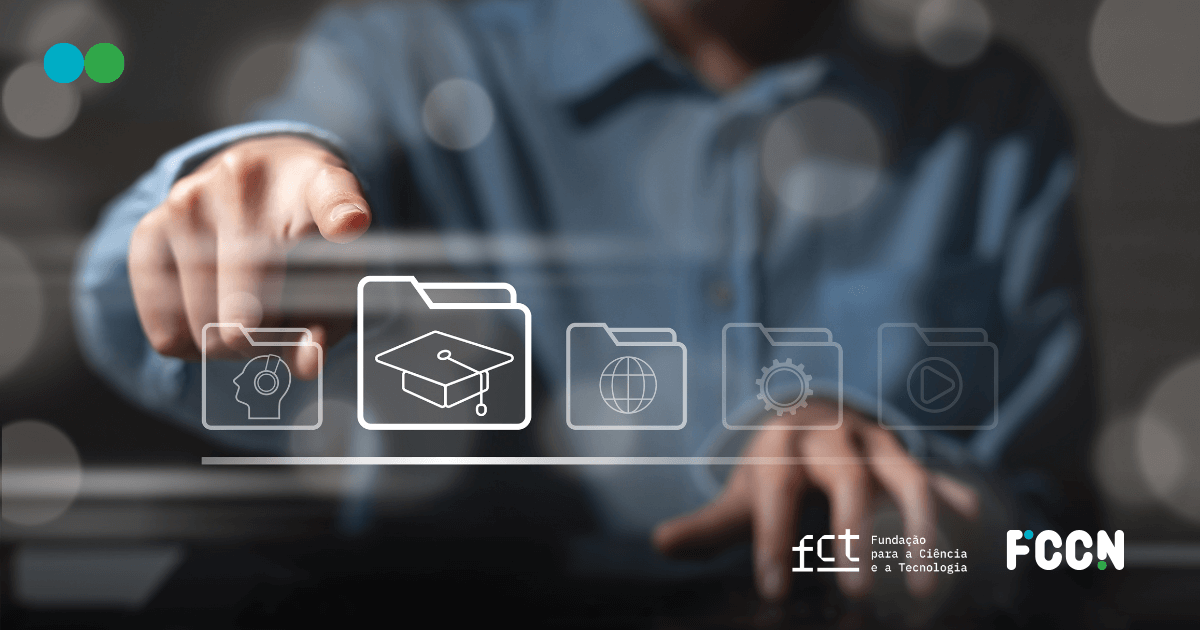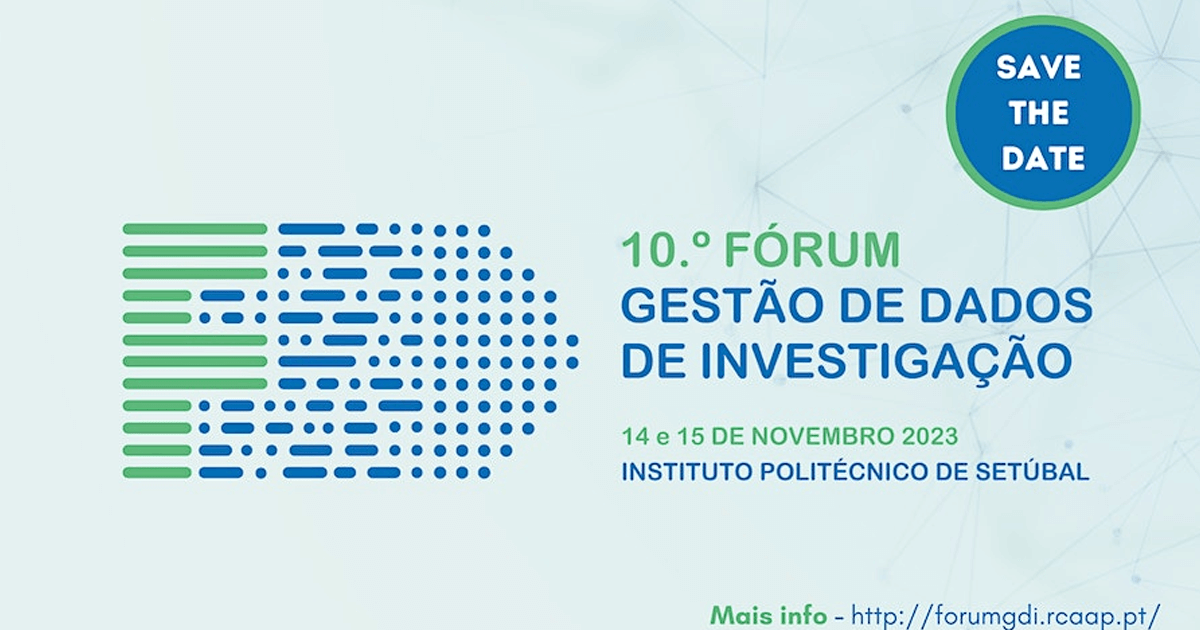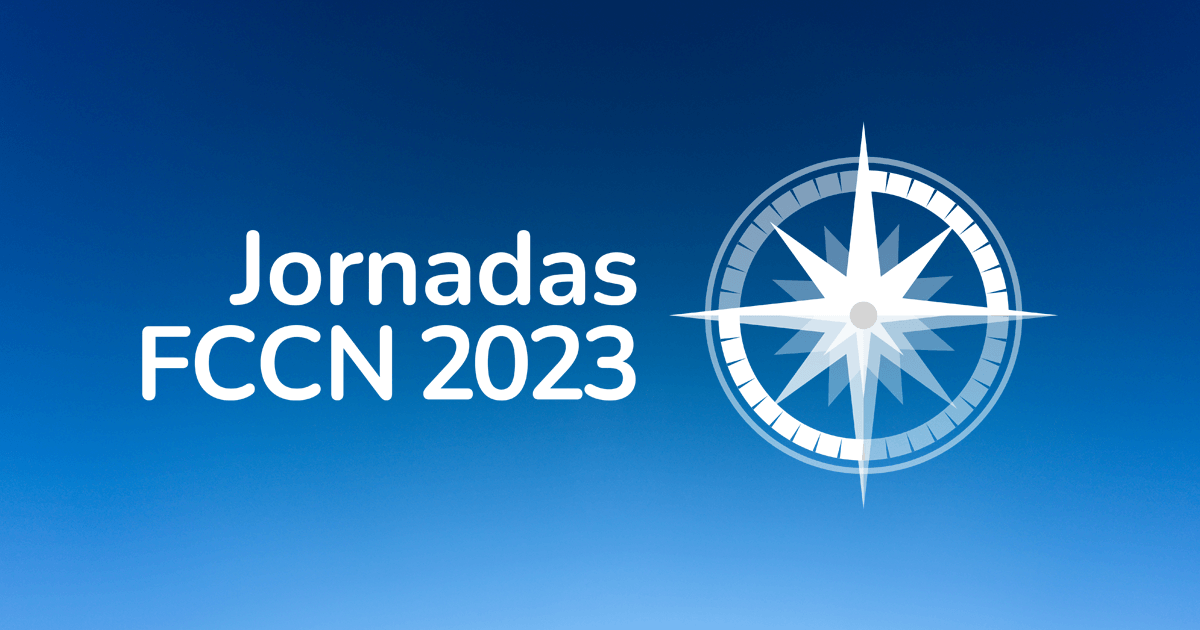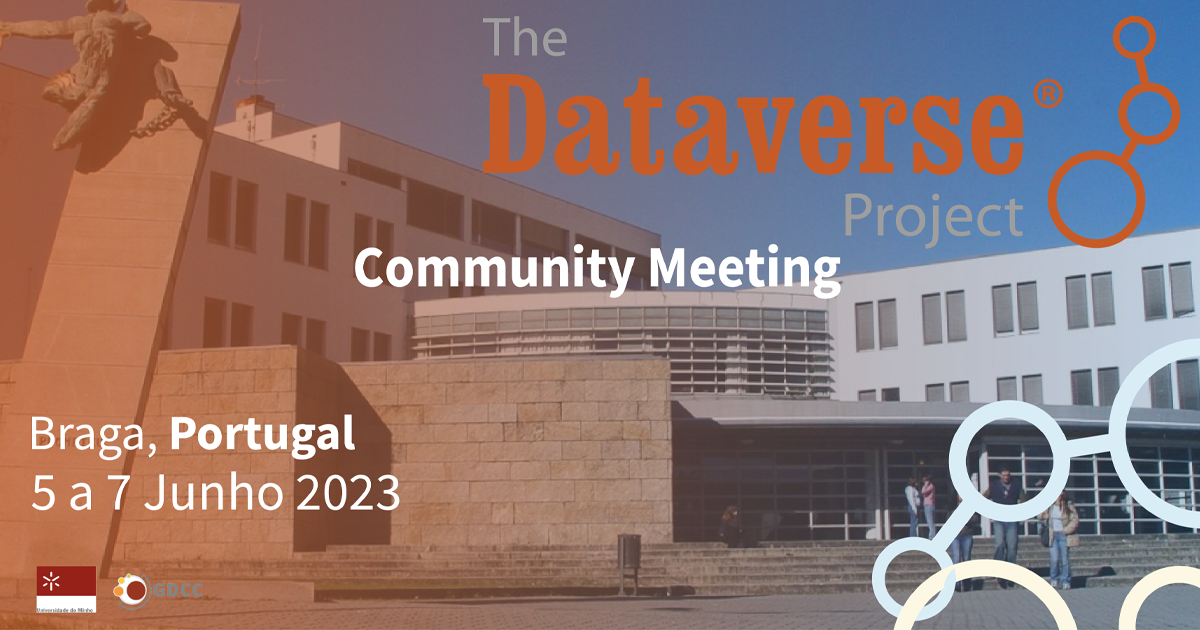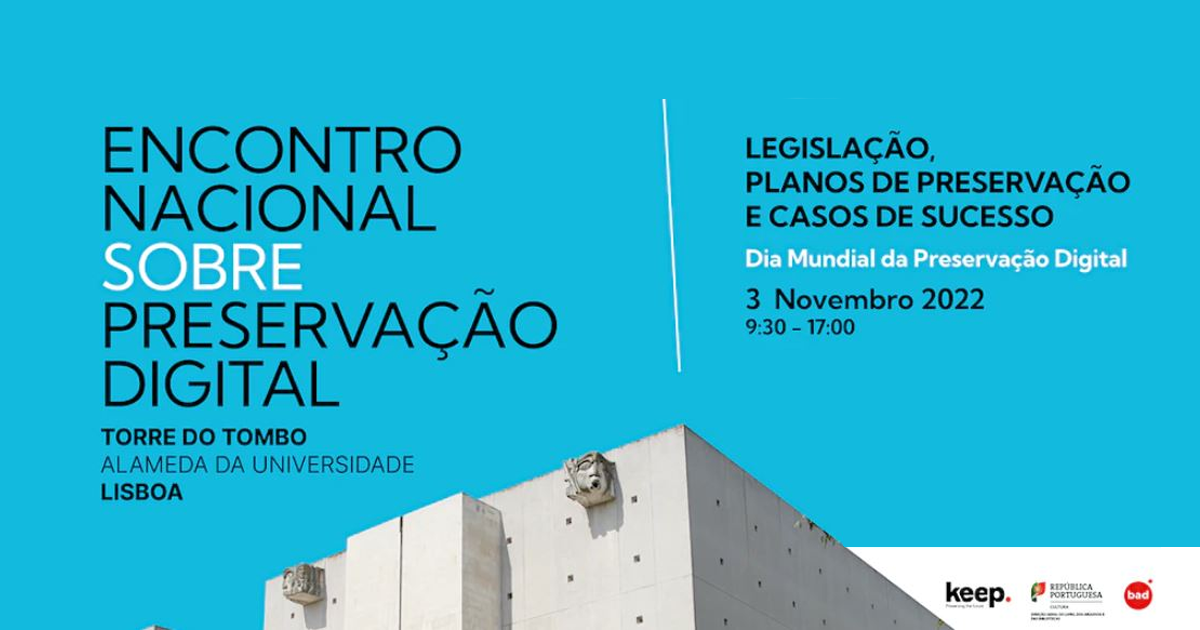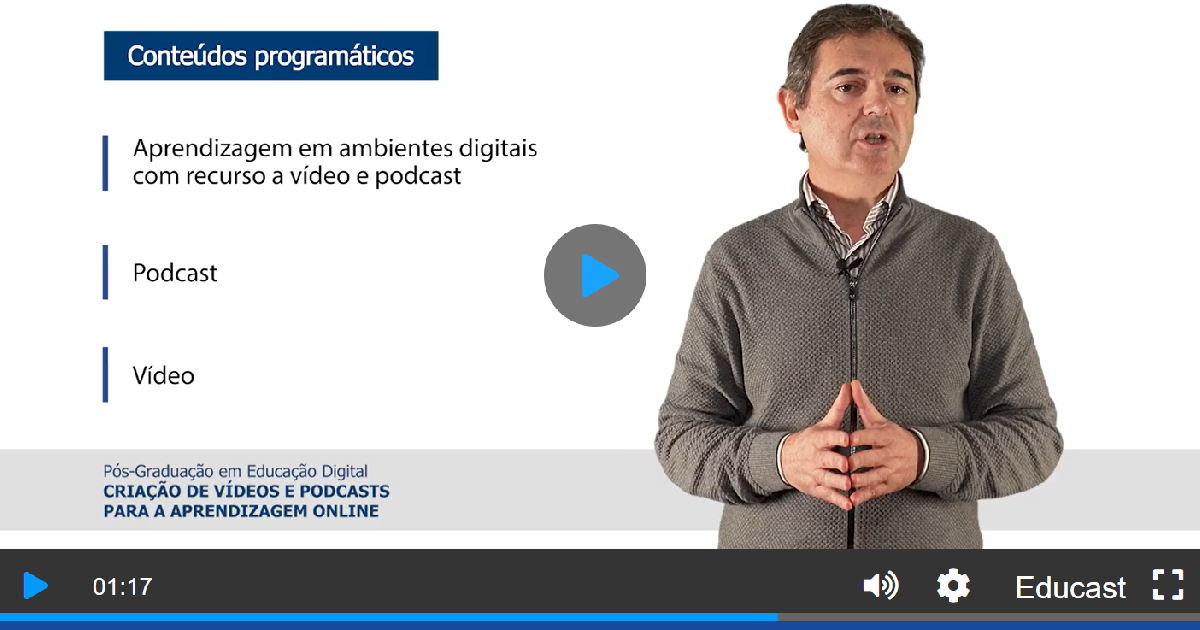
Vitor Manteigas, assistant professor at the Lisbon School of Health Technology (ESTeSL-IPL) and member of the Working Group for Distance Learning of the Polytechnic of Lisbon (EaD@IPL), is our guest author to help us reflect on the importance of technology in education and current pedagogical models. He addresses the need to adapt education to societal and technological demands, taking into account the constant evolution of the teaching-learning process.
The author also discusses the relevance of training education professionals for the appropriate use of technology, especially in the context of higher education. An article that brings us important reflections on the role of technology in education and its ability to enhance teaching in different contexts without, however, dehumanizing the educational process.
Education and pedagogical practices have, in recent years, been subject to relevant changes, namely due to the use of digital technologies. That said, the future of education started "yesterday".
If it is true that education must respond to societal needs, it is also true that this response necessarily implies a technology-based adaptation.
The doubt that remains, however, is whether technology tends to condition models and pedagogical practices or whether, on the other hand, it tends to enhance this adaptation that is recognized as necessary and that is already underway. I confess to review, in both cases, a current reality. Nevertheless, it is important to recognize that the great challenge is not so much, I would say, technological, but more social and cultural.
In the teaching-learning process, the traditional scenario of the conventional classroom is becoming a thing of the past, greatly enhanced also by the pandemic situation recently experienced. Increasingly, "self-education" and distance learning processes, which now do not end at school age and tend to be perpetuated "throughout life," have been gaining ground against the traditional teaching that has been in place for years.
In this context, the demand for multiple learning channels, which can be used in different educational contexts, has forced (and forces!) solutions to be found that also require greater interactivity, connectivity, mobility, ubiquity and, therefore, globalization. On the other hand, it is important to recognize that technology alone is of little use if the strategy does not cumulatively include training education professionals in its use, a strategy that should be transversal to all levels of education, from primary and secondary school to higher education.
In the particular case of higher education, a reality that I am getting to know in a differentiated way, I recognize that there has been an effort in the creation and maintenance of infrastructures and services with the objective of responding to previously identified needs. Technology tends to leverage "new" pedagogical models and teaching methodologies and, in this way, enhance the adaptation to which it is urgent to give continuity.
The use of video as a complement in the teaching-learning process is becoming more frequent and is a powerful tool that is becoming more widespread with the offer of multiple platforms that are less and less seen and used as repositories. Increasingly these platforms are powerful services for recording, editing, and of course publishing and disseminating content, whether limited access or open access. These are tools of growing importance, whose use is not exhausted in the context of formal education, but which have an increasingly differentiating role in it.
These platforms, such as Educast from FCCN (Scientific Computing Unit of the FCT - Foundation for Science and Technology), as well as making it possible to record lessons, edit online videos and publish them, also allow them to be integrated into LMS - Learning Management System platforms, such as Moodle (Image 1).
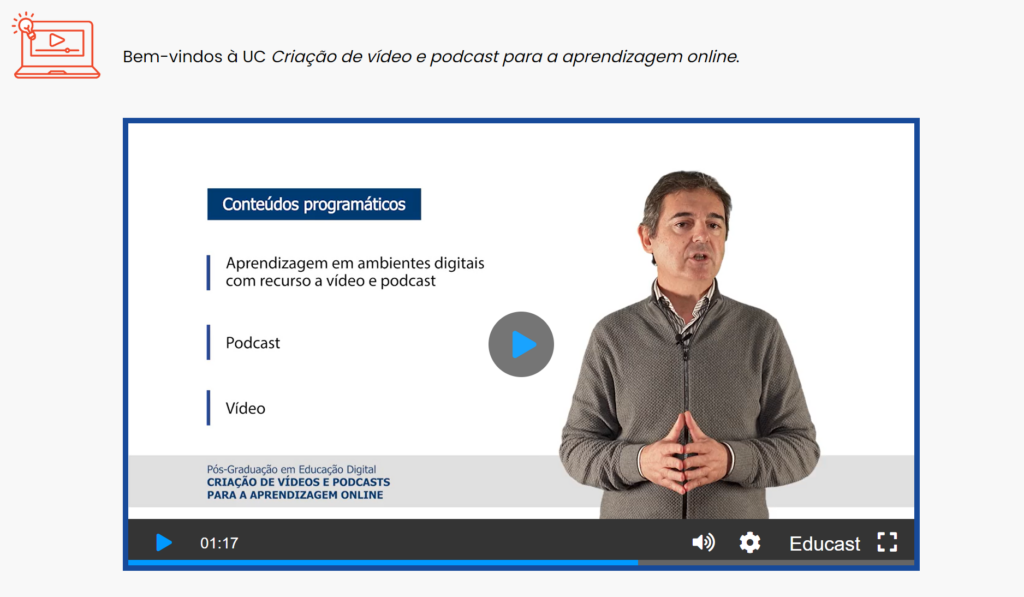
Image 1 - Example of the use of the Educast service from FCCN in distance learning (image: Vitor Manteigas)
Today, we are faced with educational institutions that have at their disposal technology that has brought down the boundaries of the institution, boundaries materialized by the walls of the classroom. Today, the classroom is the living room, the public garden, the library and the neighborhood café, where the teacher must be motivated and empowered, while continuing to be the one who designs the learning paths of this reinvented education.
We recognize that the future of education began "yesterday" and technology has been important, but by way of reflection and final challenge, let's say that it is important not to "dehumanize" education...
